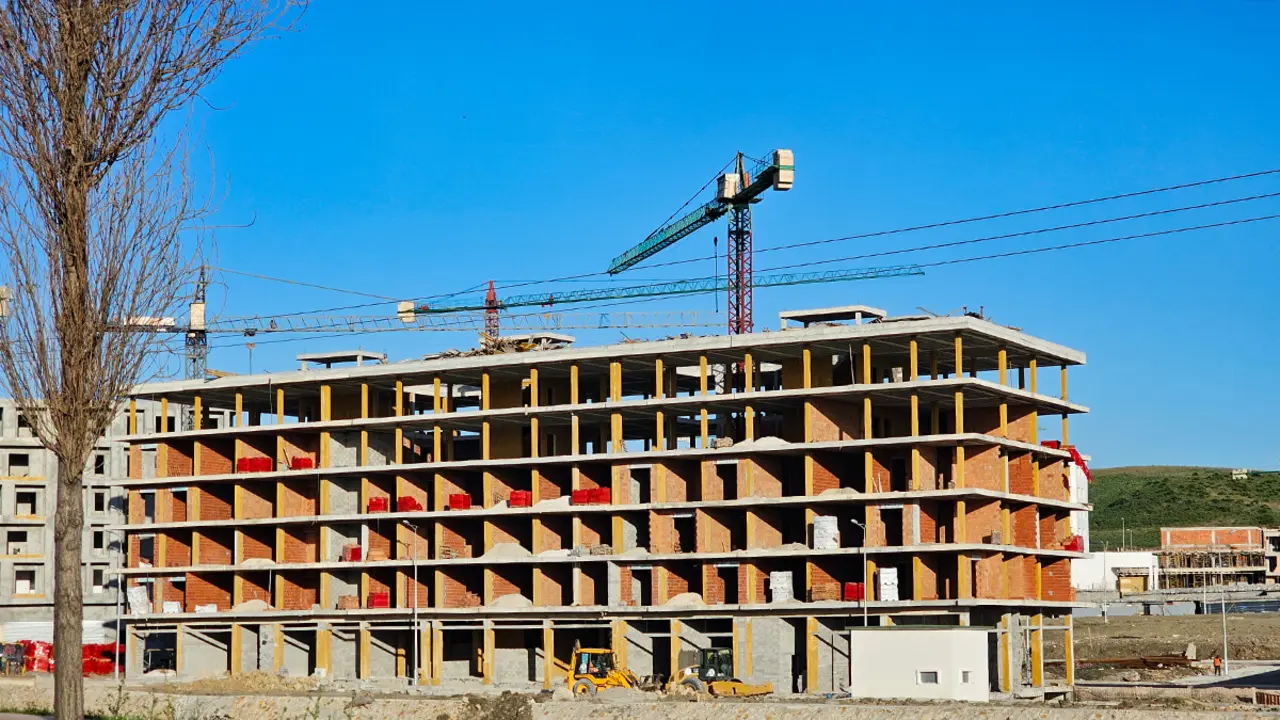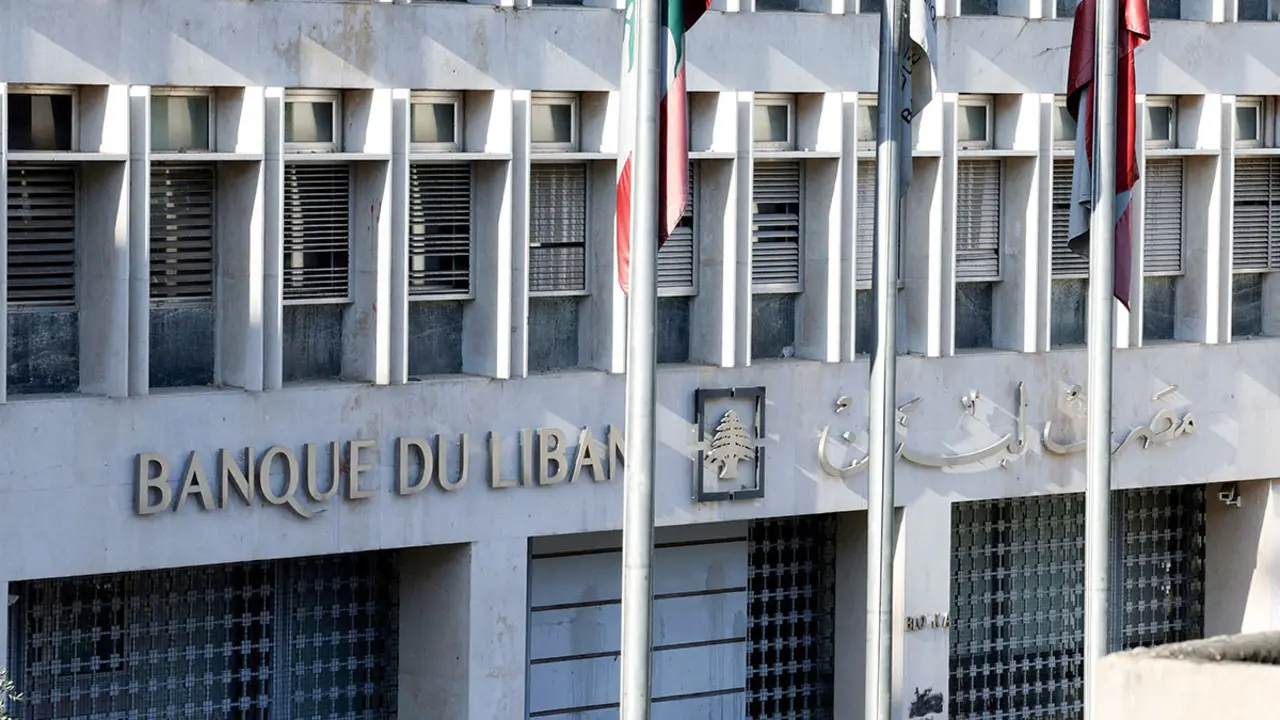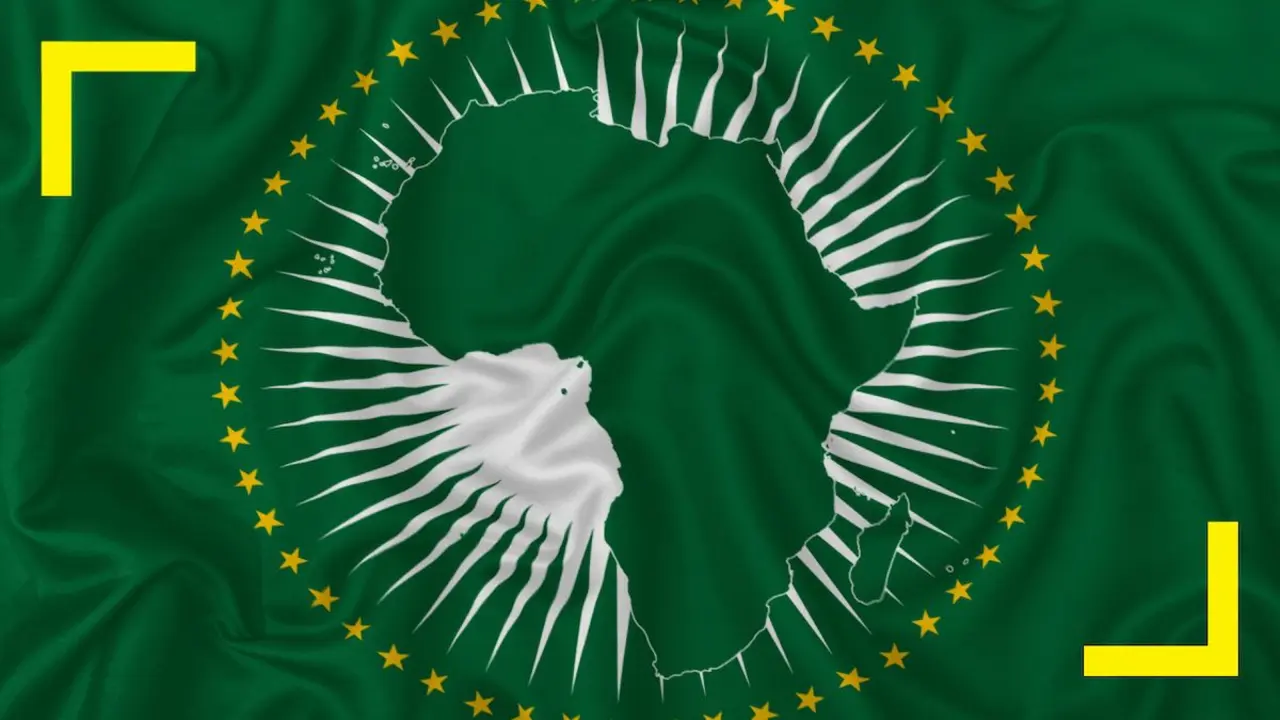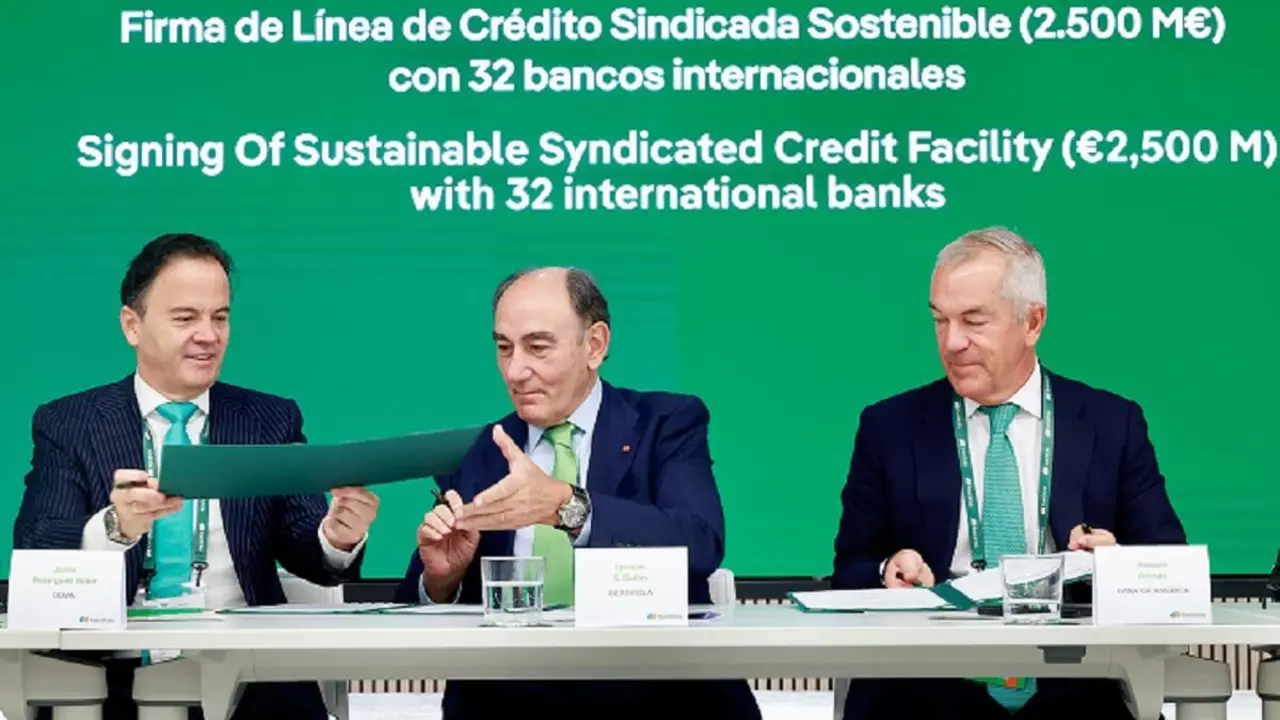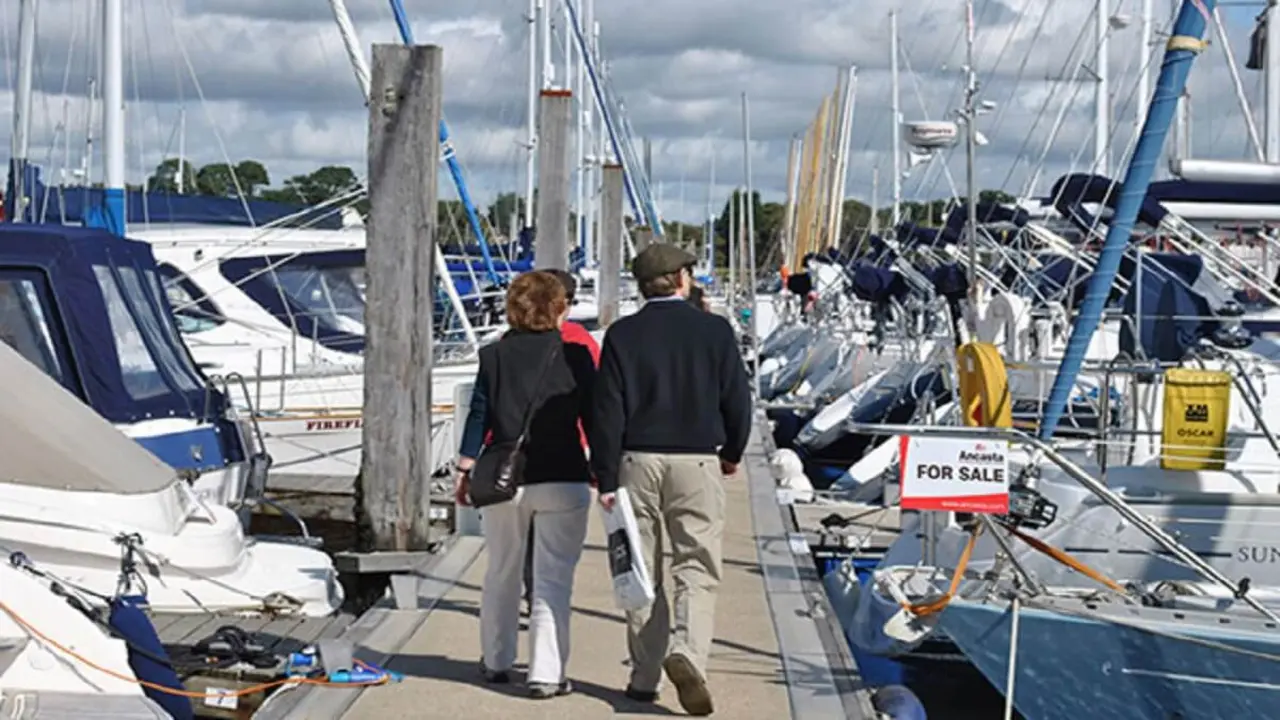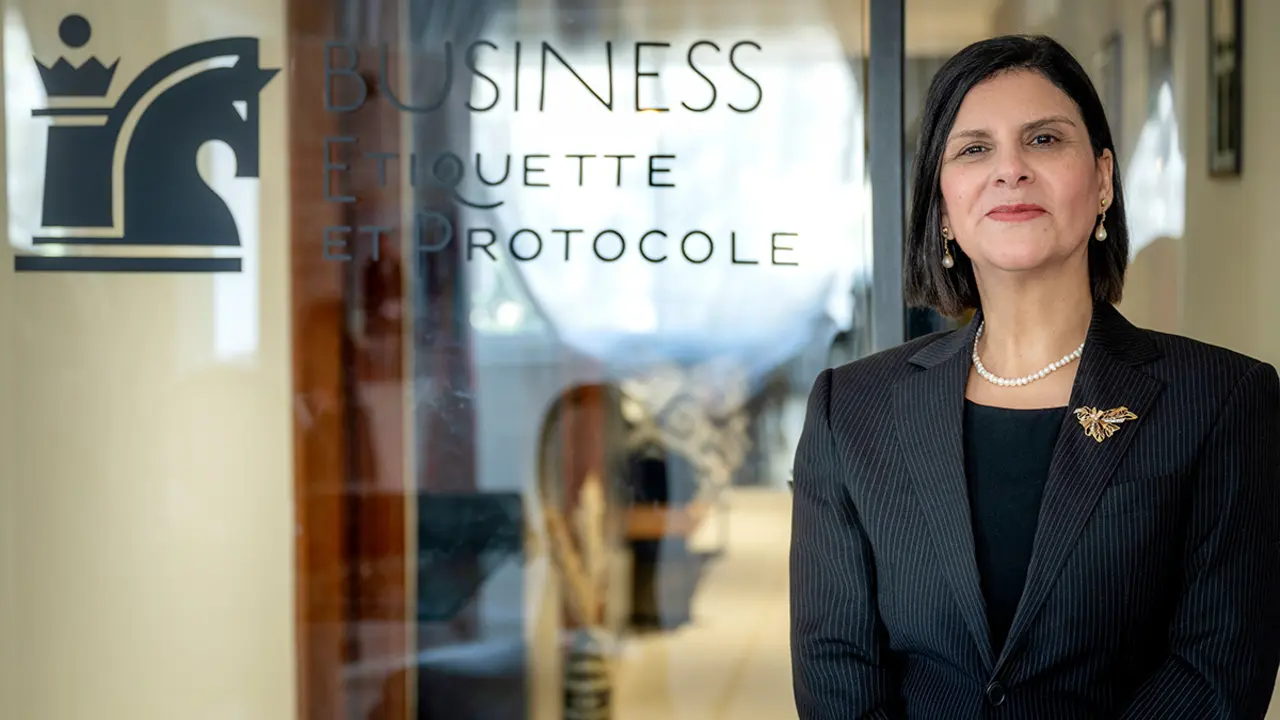7 bancos marroquíes entre los 20 mejores del norte de África
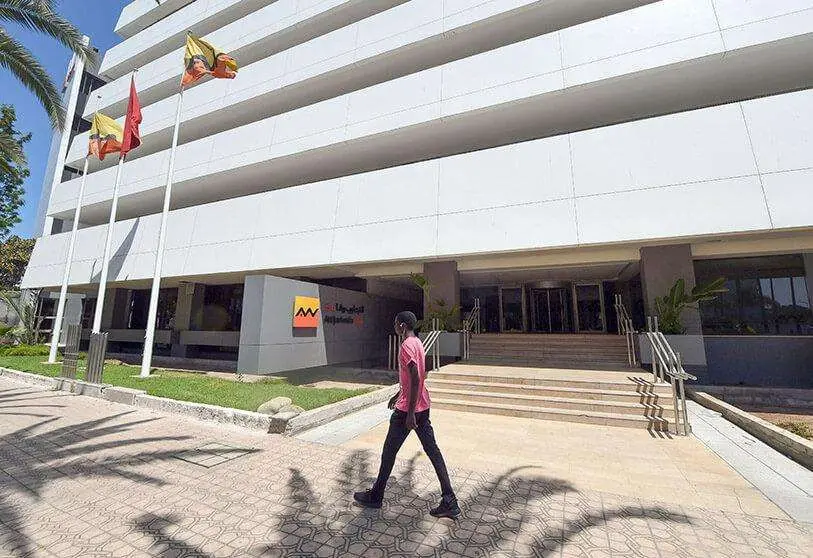
Morocco is in good banking health. This is according to a report by African Business, which states that seven Moroccan banks are among the top 20 financial institutions in North Africa.
The list of the most powerful banks in the North African region is dominated by Moroccan and Egyptian financial organisations, as reported by Morocco World News.
African Business, which focuses on the financial and business world on the African continent, provided this ranking, which places Morocco with the highest proportion of banks among the top 20 in North Africa, above any other country in the region.
Attijariwafa Bank stands out in this list, which also features in other banking rankings for its business volume. Attijariwafa is Morocco's largest bank with total assets of $63.7 billion and a market capital of $6 billion. The Kingdom's largest bank is only surpassed in the African Business list by the National Bank of Egypt, the leading banking institution in the North African region.
Behind Attijariwafa Bank is Morocco's Central Popular Bank, with a market capitalisation of $4.7 billion and total assets of $49.8 billion.

The third Moroccan bank on the list is Bank of Africa-BMCE Group. A bank with a market capitalisation of $3 billion and total assets of $37 billion.
The list also includes Société Générale Marocaine des Banques, Credit Agricole du Maroc, BMCI Maroc and Credit Immobilier et Hotelier (CIH), already in later positions.
One of the main reasons for the good performance of Moroccan banks is their successful expansion strategy on the African continent over the last decade. In the last ten years, Moroccan banks have absorbed many African financial institutions, especially in West Africa. Collectively, Moroccan banks operate 26 subsidiaries across West Africa. Moroccan financial institutions continue to develop the initiative to expand into other countries, unlike their major competitors, the Egyptian banks, which focus more on a broader domestic market by trying to reach the unbanked and underbanked population.
This is surprising because several studies indicate that a significant percentage of Moroccan citizens are still unbanked, with limited access to proper banking services, and there could be a good market margin there.
Although Egypt has by far the largest population, Morocco has been a more stable economy for many years, with the private sector enjoying greater freedoms. One of the biggest differences between Moroccan and Egyptian banks is therefore the freedom of action and the extent to which they focus on the domestic market, with a greater focus on the domestic market by Egyptian banks.

Attijariwafa Bank, Central Popular Bank and Bank of Africa-BMCE Group are active in half of all African markets. Starting in West Africa, they have expanded southwards, playing a key role in Morocco's much-heralded plan to boost trade with sub-Saharan Africa to compensate for slower growth in Morocco's traditional trading partners in the European Union.
Reports in Morocco indicate that the 26 Moroccan bank subsidiaries in West Africa account for between a quarter and a third of all bank accounts in French-speaking West Africa. This would give them a larger collective market share than Ecobank, although individually they lag behind this pan-African bank.
Meanwhile, the African Business report gives a strong indication of the banking dimension of North Africa in general because eight of the top 12 banks on the African continent are located in this region.

